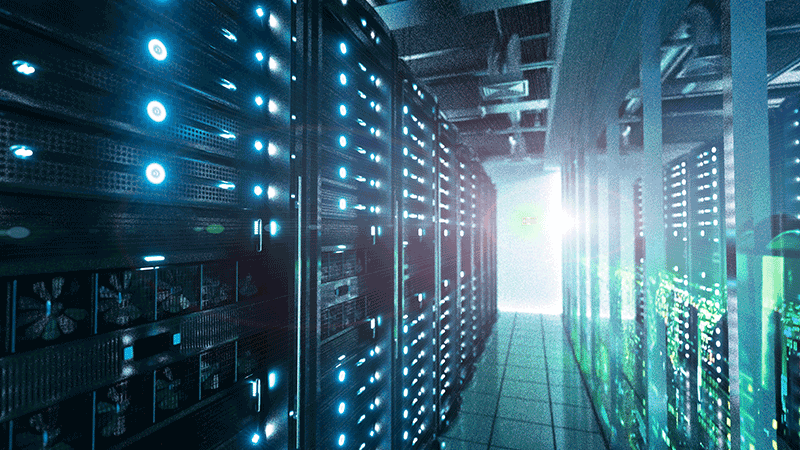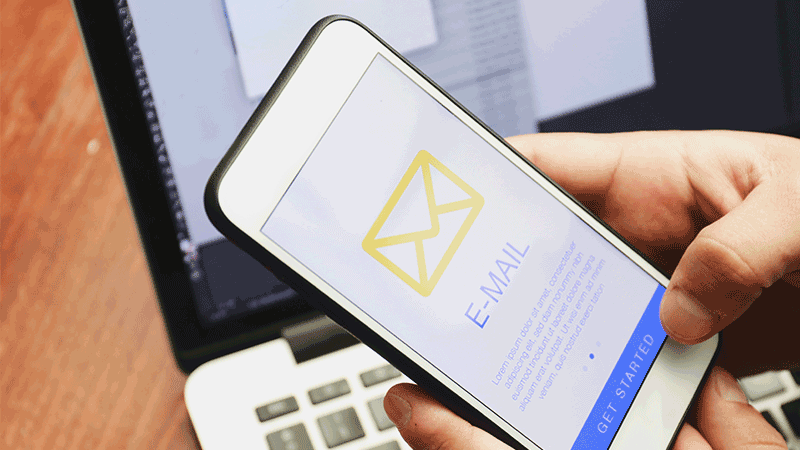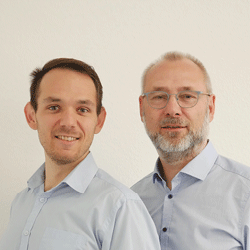
First measure to defend against a cyber-attack: saving documents in the windream archive
The primary goal for defence against cyber attacks is to archive data and documents in such a way that they are not accessible to an attack. In parallel, the creation of regular offline backups is the first means of choice. Even in case data are no longer accessible, e.g. after an encryption attack, windream is prepared for this if it is configured accordingly. Our ECM-system is able to completely restore entire document stocks, including the associated metadata, from the digital windream archive.








